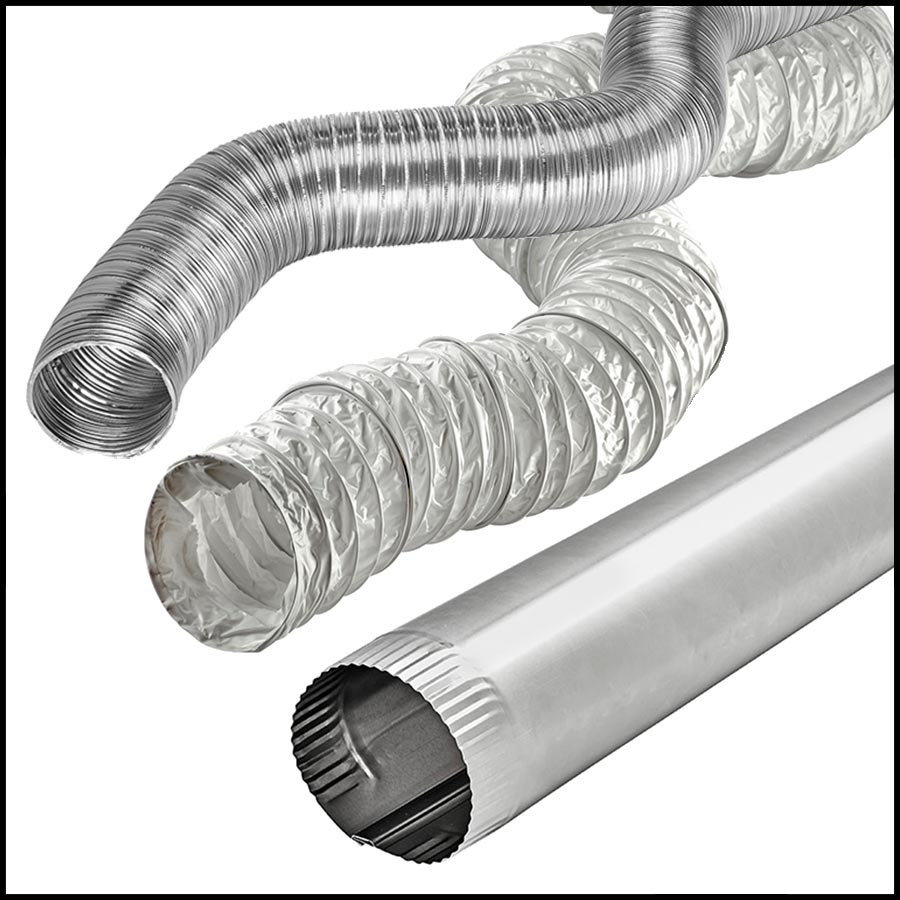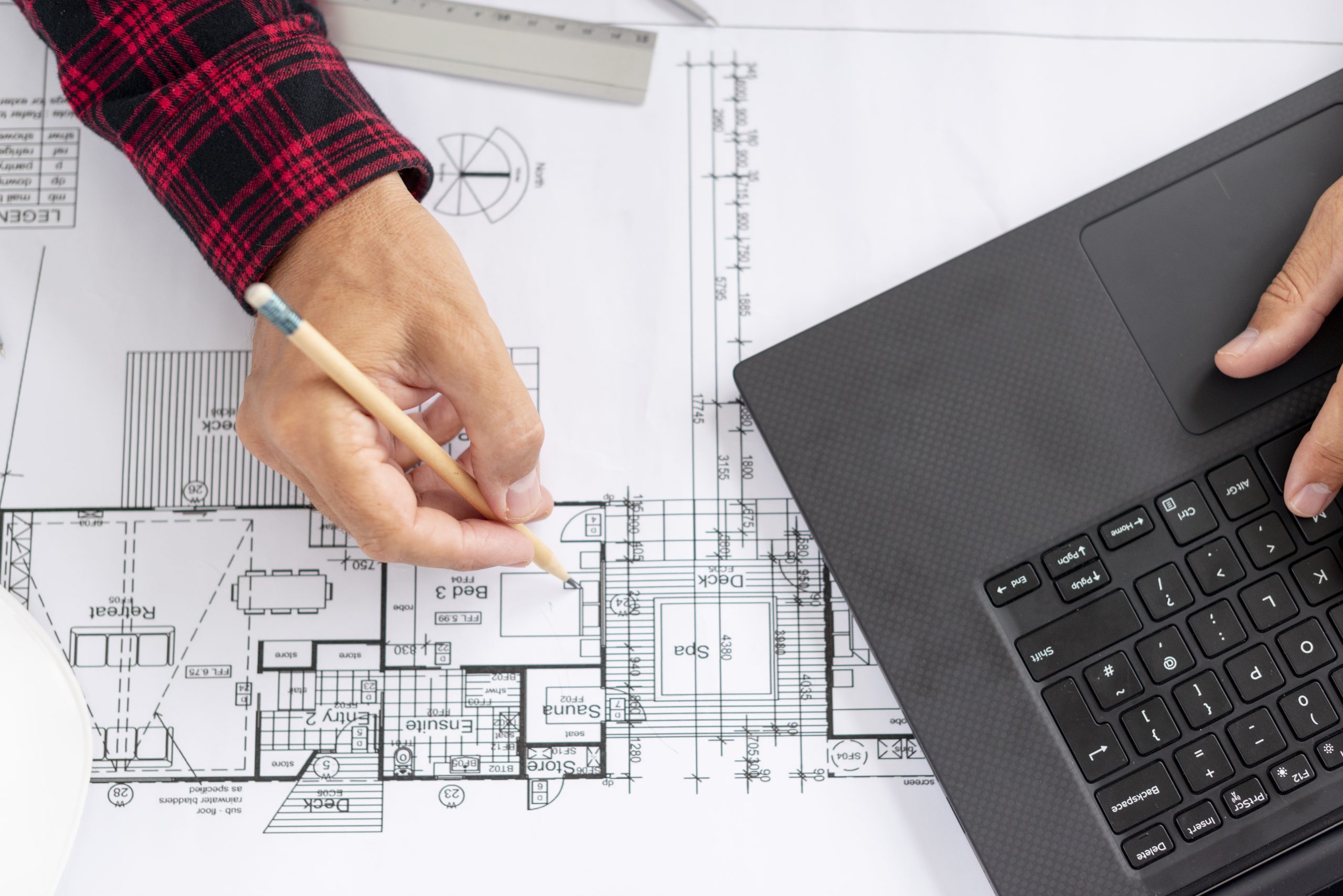When it comes to home maintenance, ensuring proper ventilation in your bathroom is as essential as it is often overlooked. Not only does it help to eliminate odors, but it also prevents the accumulation of moisture, which can lead to mold growth and structural damage. Let’s dive into how to ensure your bathroom is properly vented, keeping your home safe and smelling fresh.
Understanding what bathroom venting is and why it’s crucial is the first step towards a healthier home environment. Bathroom venting is designed to exhaust odors and moist air to the exterior of your home, typically through a ceiling fan unit connected to a duct that terminates outside. Whether it’s a quick shower or a long, steamy bath, moisture builds up in the air. Without proper ventilation, this moisture settles on walls and ceilings, paving the way for mold growth, peeling paint, and even structural damage.
Moreover, proper ventilation is key to maintaining good air quality inside your bathroom and throughout your home. Venting systems remove humid air, preventing it from circulating back into your living spaces. This is crucial in maintaining a comfortable and healthy living environment, especially in cold climates where windows are kept closed, making natural ventilation challenging to achieve. Now, let’s explore the different systems available to keep your bathroom well-ventilated.

- An assortment of bathroom ducts, highlighting the various materials and types used in ventilation. Source: lambro.net
Ceiling ventilation systems are a popular choice for many homeowners. These are typically installed in the center of the bathroom ceiling and work by pulling up the moist air, venting it directly outside through a duct. Ceiling fans come in various designs and noise levels, ensuring you can find one that fits the aesthetic of your bathroom without disturbing the peace.

- A selection of bath fans meeting various building codes, essential for proper bathroom ventilation. Source: fantech.net
Wall-mounted ventilation systems, on the other hand, are installed on the bathroom wall and vent directly to the outside. These are ideal for bathrooms located on the ground floor or where ceiling access is limited. Choosing between a ceiling or wall-mounted system often comes down to personal preference, bathroom layout, and ease of installation.
The materials used for ductwork also play a significant role in effective bathroom venting. Metal ducts are preferred due to their durability and resistance to mold growth. However, flexible duct materials such as vinyl or aluminum are available for situations where rigid ductwork cannot be used because of space limitations or installation challenges.
Installing bathroom vents might seem daunting, but with the right steps, it’s achievable. Start by determining the vent location that ensures the shortest and most direct path to the outside. Cutting a vent hole requires precision – you want to make sure it’s just the right size for the ductwork to fit snugly, eliminating gaps that could reduce efficiency.
Among the common mistakes to avoid are venting into an attic, garage, or crawl space instead of directly outside. This not only fails to remove the humid air from your home but can also lead to moisture-related problems in these areas. Ensure the ductwork is secured and insulated, especially in cold climates, to prevent condensation and leaking within the vent system.
Effective ventilation hinges on not just proper installation but also regular maintenance. Ensure the fan covers are cleaned regularly to prevent dust buildup that can impede airflow. Inspect ductwork annually for any signs of wear or disconnection, and ensure the outdoor vent opening is clear of debris to maintain optimal performance.
Recognizing signs of improper ventilation is crucial in preventing damage before it becomes severe. This includes noticing moisture stains on walls or ceilings, mold growth, or peeling paint. If you observe these signs, it’s time to reassess your bathroom’s ventilation system to identify and rectify any inadequacies.
Installing or upgrading a bathroom vent may seem like a minor home improvement, but its impact on your home’s health and structural integrity is significant. By choosing the right type of ventilation, installing it correctly, and keeping up with maintenance, you can enjoy a fresher, drier bathroom and avoid the pitfalls of excessive moisture.
In conclusion, bathroom venting shouldn’t be an afterthought. With the right system, installation, and upkeep, you can protect your home from moisture damage while ensuring air quality remains high. Whether you’re renovating your current bathroom or building a new home, make proper venting a top priority for a comfortable, healthy living environment.

